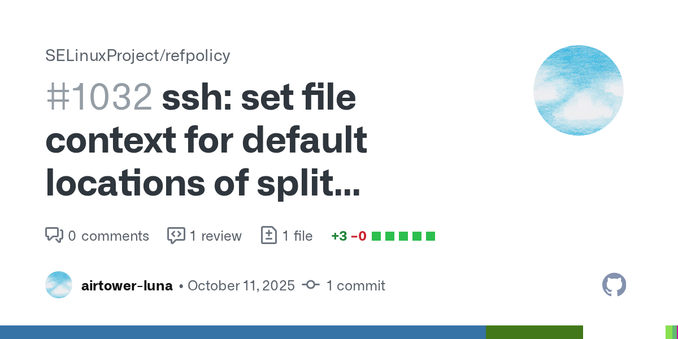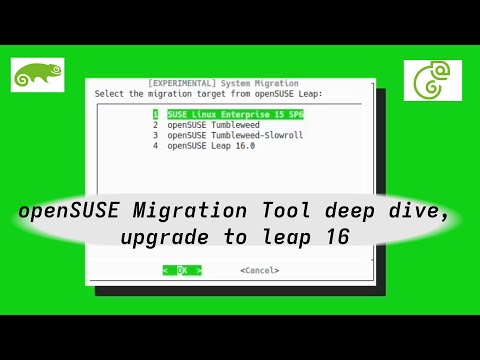RE: https://mastodon.social/@connel/115323672457296682
It turns out this issue was caused by #SELinux
I'm going to try and spend some time learning how it works to see if I can get it fixed.
There's a few other SE Linux violations that are logged on start up that I hadn't noticed.
Switching it off is also an option but I'll do some learning first. Not the first time I've found out this was the root cause of something not working that I've spent a lot of time debugging. Seems overkill for my little homelab.





